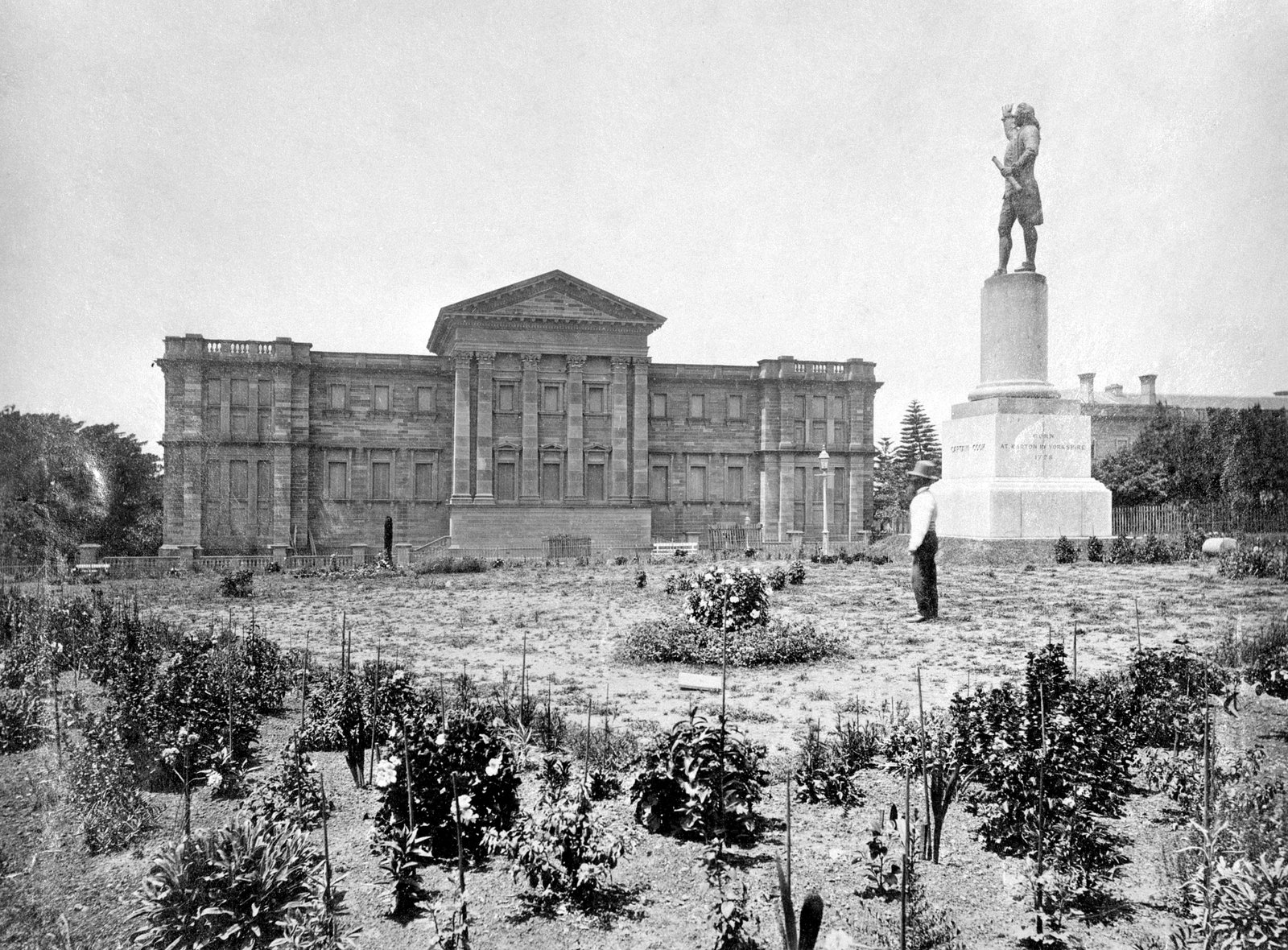The Australian Museum’s Statement of Reflection
Cultural institutions have a responsibility to critically reflect on history and how it influences the present.
On this page...

© Australian Museum
Not everything that is faced can be changed, but nothing can be changed until it is faced. James Baldwin
We are living in the legacy of the past. The structures and systems that make up the society we exist in today are built upon the actions of our past. Because of this, I believe that understanding our histories is the key for us as a society to create a better present and a better future.
This is one of the most important responsibilities cultural institutions have today: encouraging the public to critically reflect on history and how it influences the present. This can be a challenge as it sometimes means asking the public to reflect on uncomfortable truths. It would be a double standard to ask of Museum visitors that which the institution did not ask of itself: the Australian Museum has a colonial past, which can be observed in the objects in its collections, in the perpetuation of stereotypes in past exhibitions and in the alienation of First Nations peoples from the telling of First Nations stories. One outcome of this history is as AM Trustee Professor Larissa Behrendt noted, that museums are “often viewed suspiciously by First Nations people due to their colonial past.”
This is why, with the reopening of the AM in late 2020, came this statement of reflection printed on the wall of Hintze Hall:
As the first Museum in the nation, established in 1827, the Australian Museum is part of Australia’s colonial history and we acknowledge the wrongs done to the First Nations people, the continued custodians of the land on which we stand today. This was and always will be Aboriginal land.
As a trusted source in the community, the Australian Museum is committed to presenting scientific evidence and cultural truths derived through our research and collections and First Nations peoples’ traditional knowledge.

The Statement of Reflection in Hintze Hall
Image: Abram Powell© Australian Museum
The inclusion of the statement of reflection is the first of 18 critical pathways mapped out in the Australian Museums and Galleries Association (AMaGA)’s First Peoples: A Roadmap for Enhancing Indigenous Engagement in Museums and Galleries, created by Dr Terri Janke. The pathways act as targets to be reached by all museums and galleries in order to create stronger relationships with First Nations peoples, promote First Nations employment in the sector, engage audiences with a richer and more authentic learning experience and, ultimately, advance the reconciliation of Australia.
“It is important that the impact of these past and current policies be recognised if we are to move beyond this colonial paradigm,” states the Roadmap.
The AM is on course to meet all the critical pathways in the Roadmap. It will be a long journey. Through the action of having the statement of reflection, the Museum makes a critical first step in its commitment to creating a better future.
This article first appeared in Explore magazine, Winter 2021. View the whole issue here.

